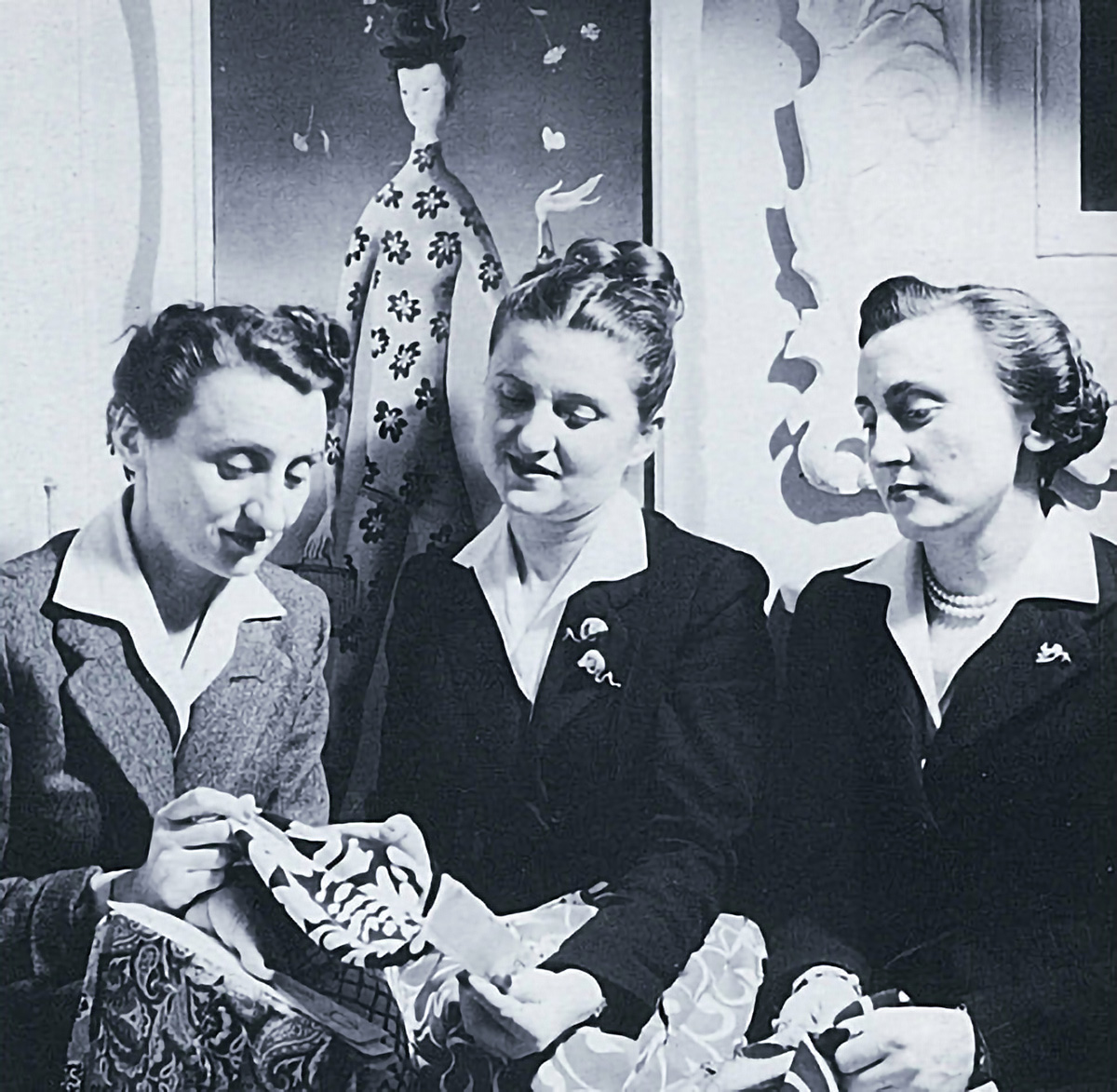Despite still struggling to recover from the devastation of World War II, the city of Rome was in delirium on January 27, 1949. That Wednesday, at 10.30 in the morning, the Hollywood superstar Tyrone Power married the shapely young actress Linda Christian at the church of Santa Francesca Romana, which had been decked out with 2,000 beautiful carnations and newsreel cameras for the occasion. Hailed as the “marriage of the century”, 1,000 Italian riot police were there to contain the crowd but failed to hold back the over 8,000 fans waiting outside the church, near the Fori Imperiali, for Linda Christian when she arrived 22 minutes late. While the crowd closed in around the couple, all eyes were on the bride. Regal in an embroidered white satin three-quarter sleeved, form-fitting dress, buttoned up to the collar and with a very long train, the actress wore a fitted headpiece decorated with pearls to hold her delicate veil. Today, that dress is as elegantly timeless as it was all those years ago thanks to the Fontana sisters, Zoe (1911–78), Micol (1913–2015) and Giovanna (1915–2004), the three creative siblings who designed and made it, and who were pivotal in establishing the “Made in Italy” fashion brand internationally.
Born in Traversetolo, a small town not far from Parma, from a very early age the Fontana sisters learned the art of tailoring from their mother, Amabile, who ran a small dressmaking business she had inherited from her grandmother. In 1936, aware that their hometown was too small to provide the opportunities in the fashion world they hungered for, Zoe left for Rome “on the first train that passed” where she found a job at the Maison Zecca. Within two months, the other two sisters had joined her. In an interview, Micol recounted that their first clients in the capital were the other tenants in their apartment building near via Veneto and that their “first PR was the concierge”. Soon, members of the Roman aristocracy were acting as society mannequins for them by wearing the sisters’ creations to parties. This brought new clients flocking to their door, such as princesses Maria Pia and Maria Gabriella of Savoy and Gioia, the daughter of Guglielmo Marconi.
The golden era of the Fontanas’ success however began in the boom years of the 1950s and ‘60s. Not only were they attracting high society clients but, as Cinecittà became the epicenter for making Hollywood-style blockbusters, American film stars came calling. The first was Myrna Loy, whose entire wardrobe for the film That Dangerous Age was made by the sisters. Subsequently, in 1954, they dressed Ava Gardner in The Barefoot Contessa, creating the famous black cassock dress for her, modelled on those worn by Roman Catholic priests, which, in 1959, Federico Fellini provocatively had Anita Ekberg wear in La Dolce Vita.

Over the years, Barbara Stanwyck, Grace Kelly, Sophia Loren, Joan Collins, Elizabeth Taylor and many other actresses would wear their designs. Legend has it that Audrey Hepburn commissioned them to design a wedding dress for her whilst she was filming Roman Holiday, but after she called the wedding off, she paid and gifted it to the poorest seamstress at the atelier. Others in the international jet set including American First Ladies Bess Truman, Mamie Eisenhower and Jacqueline Kennedy were also clients.
On February 12, 1951, the Fontanas participated in the historic “First Italian High Fashion Show”, organized by Giovanni Battista Giorgini at Villa Torrigiani, his Florence home, in front of six important American buyers, the first major step in showing the world that Italian designers were more than ready to challenge French dominance in the industry. This was followed, in 1953, when they became founding members of SIAM (Sindacato Italiano Alta Moda), which later became the Camera Nazionale della Moda Italiana.
Between 1951 and 1953, employees at the fashion house increased from 100 to 300 and their first boutique was opened in Rome in 1955. Based on requests from major American department stores, the Fontana sisters also developed a prét-à-porter range with accessories in 1960, but they never renounced their high fashion domain. They also designed uniforms for Alitalia air hostesses.
Not only linked by strong family affection, the three sisters had a solid working relationship within which each carved out their own specific role. Micol, nicknamed “the pigeon”, travelled widely to promote their work, particularly to the United States, while Giovanna kept the books, planned the collections and managed the employees, leaving Zoe to pay close attention to the latest trends and to keep pace with them. By her own admission, Micol confessed that although “none of them were good at drawing”, their artistry was in their embroidery, draping and their use of superb fabrics.
In 1992, the Fontana Sisters brand was sold and, in 1994, the Micol Fontana Foundation, which houses an archive of the sisters’ models and selected creations, was set up in Rome, just off the piazza di Spagna in their historic atelier. Further examples of their creations are on display in the Metropolitan Museum and Guggenheim in New York, and in the Louvre in Paris.








